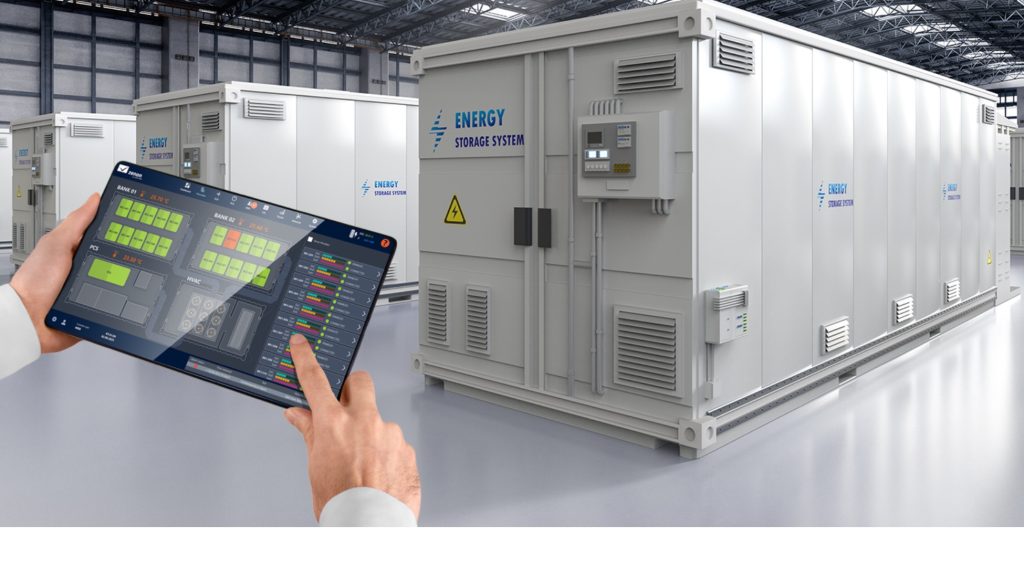In a move to secure India’s energy landscape, the Central Electricity Authority (CEA) has proposed comprehensive new safety regulations specifically targeting battery energy storage systems, or BESS.
The initiative aims to integrate the rapidly growing BESS technology into the national grid with utmost safety and reliability.
The proposed regulations introduce a new Chapter X-A focusing on additional safety requirements for BESS, including charger design, two-fault tolerance, and battery compatibility, to prevent catastrophic failures.
The regulations emphasize multi-level fire and explosion protection at various installation levels, with a focus on advanced monitoring through battery management systems (BMS) and fully automatic, self-protective power conversion systems (PCS).
The draft outlines specific requirements for battery containers, including explosion-proof design, forced ventilation, and automated louvers for safe gas release.
The CEA has proposed strict rules for equipment location, ventilation, cooling systems, and hazard detection for battery containers. Battery containers with 200 kWh or more will require a water-based automatic fire suppression system, electrolyte spill containment, emergency lighting, security systems, and manual emergency stop mechanisms.
The regulations also mandate independent third-party fire safety audits for all BESS installations. The Directorate General of Fire Safety will issue guidelines for training officials to address BESS-related risks within three months of the regulations’ notification.
The draft amendments, titled the “Central Electricity Authority (Measures relating to Safety and Electric Supply) (First Amendment) Regulations, 2025,” are now open for public consultation, inviting stakeholders and the general public to submit their comments by July 20, 2025.












